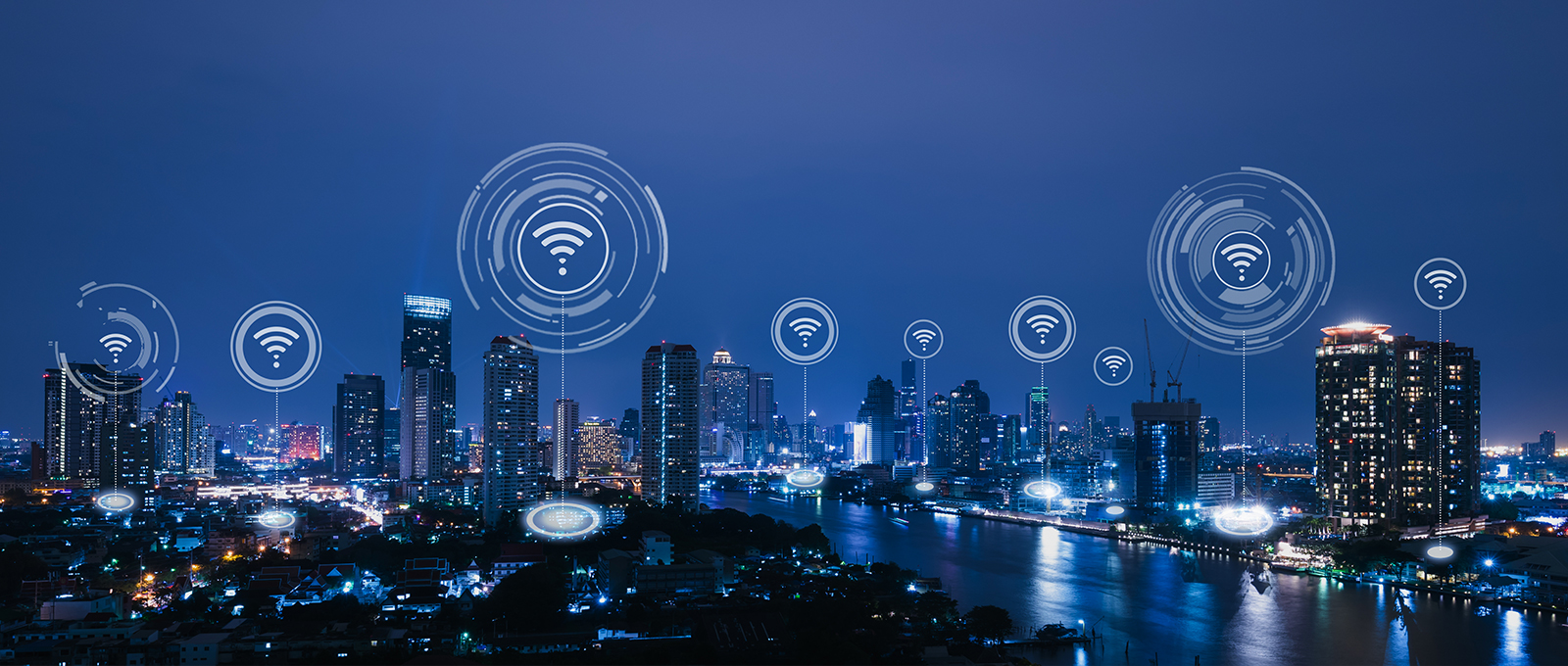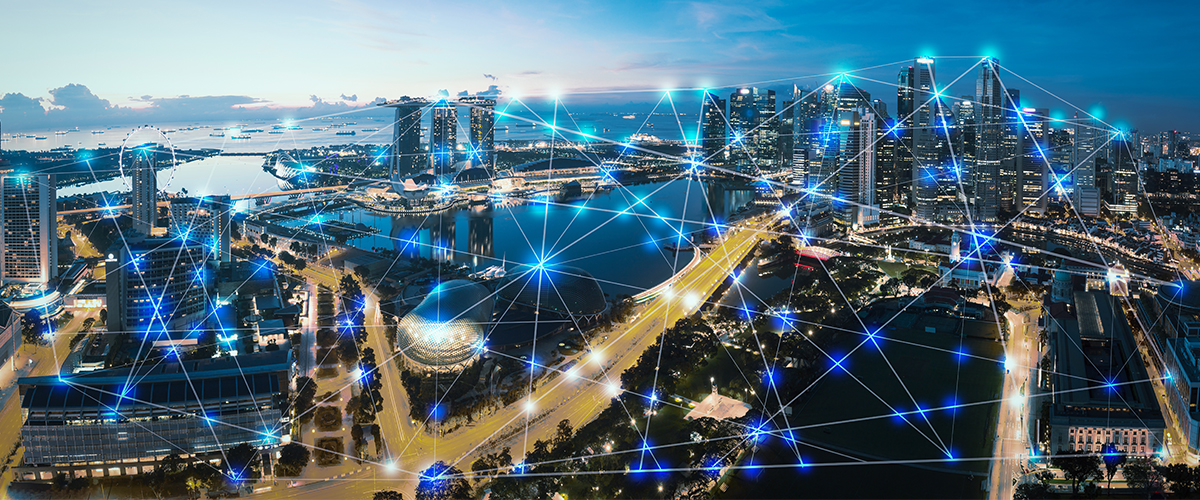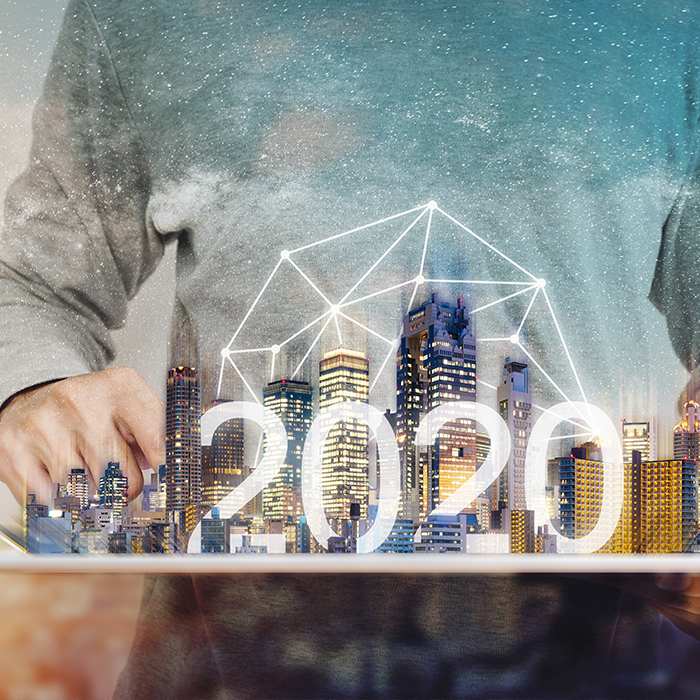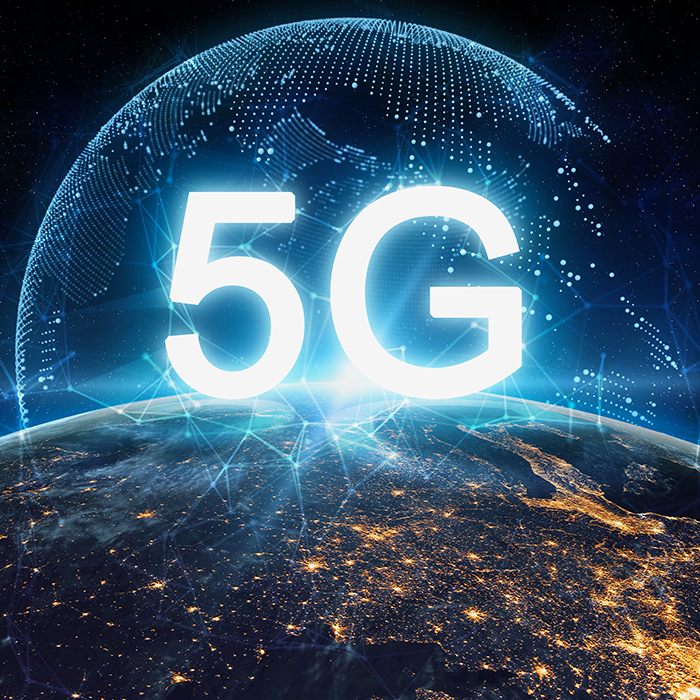What Smart City developments will we see in 2020 and beyond?

Long-term planning and network convergence

Private Public Partnerships
To drive costly Smart City initiatives, new business models are needed. Increasingly, municipalities are investing in tandem with private parties, such as investors, property developers, operators, financial institutions and solution providers in Public-Private Partnerships (PPP). Private organisations take on part of the infrastructure investment and share the risk, which is offset by government support and recurring revenue streams. These PPPs may span decades and facilitate economic growth on a scale and timeline that would otherwise be impossible. Services can be developed, rolled out and delivered faster, and quality and reliability can be tested and guaranteed.
5G, WiFi6 and Conversational AI as enablers
5G cellular technology is a vital Smart City driver and fibre deployment is an essential enabler for applications. Reduced latency and power requirements coupled with higher connectivity density make 5G an ideal IoT wireless connectivity solution. However, 5G requires denser small cell deployments owing to millimetre wave technology’s inherent distance limitations. Rollout is just getting started and networking solutions such as LoRaWAN and Sigfox may fill the void until ubiquitous, fibre-backed 5G is available.
Focus On
Security
As cities collect, analyse and utilise more data, data protection concerns will grow. In the US, most states allocate less than 3% of IT spending to cyberthreat. A lack of substantial cybersecurity measures makes cities an easy target for attacks. Safety is increasingly approached in a structural, fundamental way, focused on resilience and responsiveness.
Enhance data analytics
Faster, more accurate Machine Learning and Artificial Intelligence will make navigating vast amounts of data and extracting valuable information easier and faster, supporting digital transformation in Smart Cities. Large data sets can be analysed in a fraction of the time that would have been required a year or two ago.







